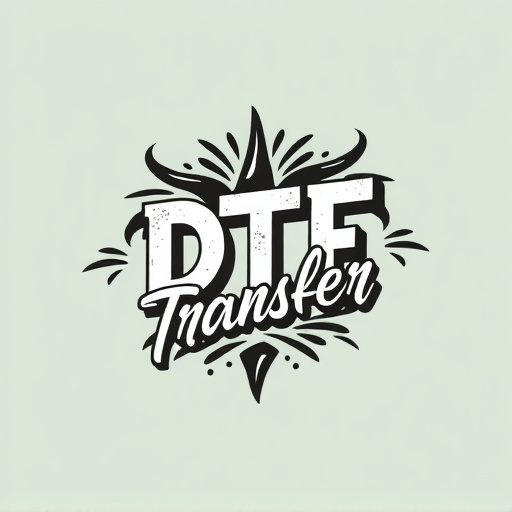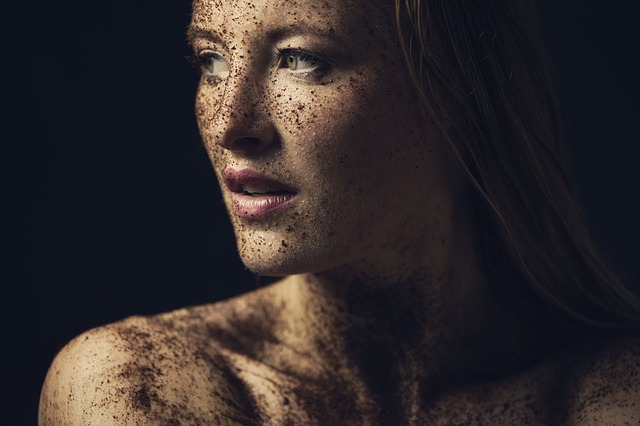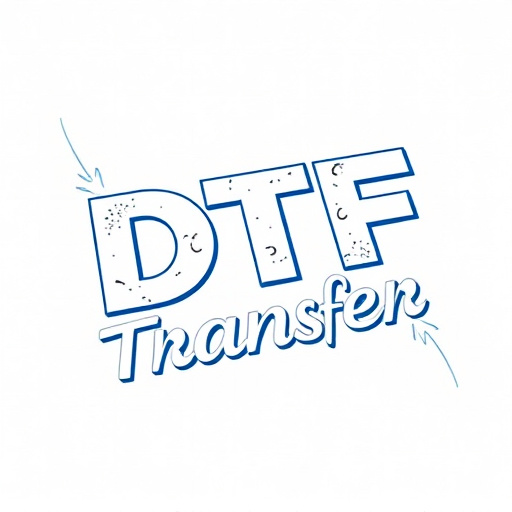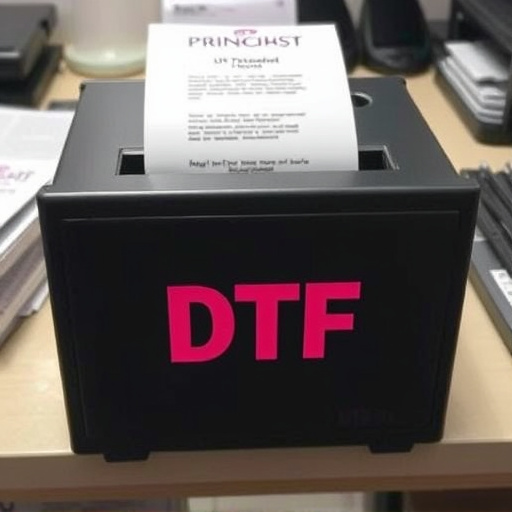Direct-to-Fabric (DTF) transfer technology offers a versatile and efficient method for high-quality apparel printing. Using heat and pressure, intricate designs are transferred directly onto various fabrics, from cotton to polyester, with vibrant colors that resist fading. Choosing the right transfer type based on fabric and design complexity ensures durability and crisp lines. The process begins with digital artwork on special paper, applied to the fabric via a heat press. Best practices like pre-treatment and controlled heating produce long-lasting DTF prints. Strict QA protocols and proper aftercare maintain print quality and vibrancy for custom designs on sweatshirts and hoodies.
“Discover the world of DTF (Direct-to-Fabric) transfers and their transformative impact on custom sweatshirts and hoodies. This comprehensive guide explores the process, from understanding the cutting-edge technology to choosing the perfect print for your design. We’ll delve into the advantages of DTF for clothing applications, providing a step-by-step preparation process, application techniques, and essential aftercare tips. Uncover why DTF prints are revolutionizing the way we personalize apparel, ensuring lasting quality.”
- Understanding DTF Transfers: A Comprehensive Overview
- The Advantages of DTF for Sweatshirt and Hoodie Applications
- Choosing the Right DTF Print for Your Design
- Preparation Process: From Design to Transfer
- Application Techniques and Best Practices
- Quality Assurance and Aftercare for Lasting DTF Prints
Understanding DTF Transfers: A Comprehensive Overview

A DTF transfer, or Direct to Fabric (DTF) transfer, is a cutting-edge printing technology revolutionizing the way we apply designs to sweatshirts and hoodies. Unlike traditional screen printing methods, DTF offers a more versatile and efficient process for creating high-quality prints on various fabrics. This technique involves transferring ink directly onto the fabric’s surface using heat and pressure, enabling intricate and detailed designs that were once challenging to achieve.
DTF printing has gained immense popularity due to its ability to produce vibrant and long-lasting DTF prints suitable for both plain and textured fabrics. The process starts with designing artwork digitally, which is then precisely printed onto a special transfer paper using advanced printers. This transfer paper acts as a carrier, allowing the design to be easily applied to the desired fabric. With careful control over heat and pressure during the application, the ink fuses with the fabric fibers, resulting in crisp, durable DTF transfers that withstand regular washing.
The Advantages of DTF for Sweatshirt and Hoodie Applications

Direct-to-garment (DTF) transfers have revolutionized the way sweatshirts and hoodies are designed and printed. One of the primary advantages is their exceptional quality and durability. DTF prints offer vibrant, long-lasting colors that remain rich even after multiple washes, ensuring your designs stay as bold and bright as intended. This method allows for intricate and detailed graphics, making it perfect for creating unique, personalized garments.
Additionally, DTF transfers provide a seamless finish on various fabric types, from cotton to polyesters. They can be easily applied to curved surfaces like hoodies and are less likely to crack or peel over time. This versatility makes DTF printing a go-to choice for businesses and individuals looking to create custom apparel, offering both style and substance in one package.
Choosing the Right DTF Print for Your Design

When considering a DTF (Direct-to-Fabric) print for your sweatshirt or hoodie design, the first step is to choose the right transfer material. Different DTf transfers cater to various fabric types and print complexities. For example, if you’re designing with crisp lines and bold colors, a high-quality polyestere transfer might be ideal as it offers excellent color reproduction and is suitable for most fabrics. On the other hand, more intricate designs with fine details may benefit from a latex transfer, which allows for softer outlines and finer line work but requires specific fabric types for best results.
Additionally, consider the intended wear and care of the garment. If your design is meant for activewear or outdoor use, opt for transfers that are durable and withstand washing machine cycles without fading or peeling. Always check the recommended printing surfaces and conditions for each DTF transfer type to ensure long-lasting prints that maintain their vibrancy and visual appeal over time.
Preparation Process: From Design to Transfer

The preparation process for creating film transfers destined for sweatshirts and hoodies begins with design. Artists and designers use specialized software to craft the desired image or text, ensuring it’s optimized for DTF (Direct-to-Fabric) transfer. This involves careful consideration of resolution, color accuracy, and file format to guarantee the final print quality. Once the design is finalized, it’s converted into a format suitable for the printing machine.
The next step involves the actual DTF printing process. The design is transferred onto a thin, flexible film using high-precision equipment. This film acts as a carrier for the ink, enabling it to bond with the fabric during heat application. After printing, the film is carefully prepared for transfer to the garment. This preparation includes cutting out the individual designs or text and ensuring the film is ready for the next stage—the heat press process that fuses the DTF print onto the sweatshirt or hoodie.
Application Techniques and Best Practices

When applying DTF transfers to sweatshirts and hoodies, there are several effective techniques and best practices to keep in mind. Direct-to-fabric (DTF) printing, a modern method, offers high-quality results when done correctly. The process involves transferring ink directly onto the fabric using heat and pressure, ensuring vibrant and long-lasting DTF prints.
To achieve optimal DTF transfer results, pre-treating the garment is essential. This includes cleaning the surface to remove any oils or impurities, followed by a light starching to enhance ink adhesion. Proper placement of the design is crucial; use heat-resistant paper to ensure accurate alignment. During the heating process, maintain consistent pressure and temperature for the recommended time to fuse the ink seamlessly into the fabric, resulting in crisp DTF prints.
Quality Assurance and Aftercare for Lasting DTF Prints

Ensuring top-notch DTF (Direct to Fabric) Transfer quality is paramount for achieving long-lasting prints on sweatshirts and hoodies. During DTF Printing, rigorous Quality Assurance (QA) protocols are implemented at every stage, from raw material inspection to final print evaluation. This includes checking ink viscosity, print density, and color accuracy, as well as ensuring the fabric is properly prepared for optimal ink adhesion.
Proper aftercare is equally vital for preserving the vibrancy and durability of DTF Prints. Post-printing treatments such as heat setting and curing under specific conditions help to fix the inks into the fabric fibers, preventing fading or smudging. Additionally, washing instructions must be strictly followed to maintain print quality. Using cold water and non-chlorine bleach, along with delicate wash cycles, can significantly extend the lifespan of DTF transfers on clothing items.














